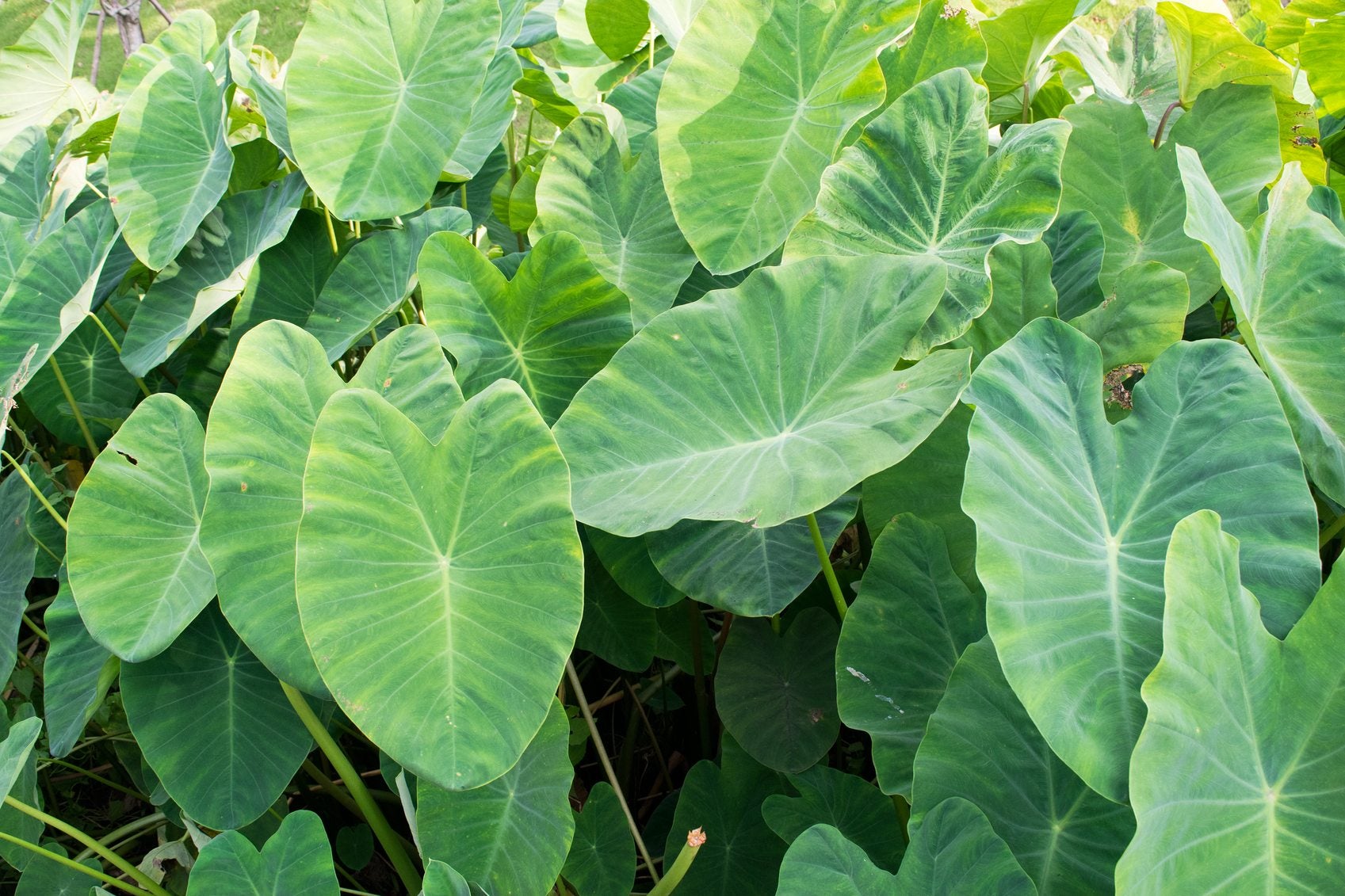Dividing Elephant Ears: How And When To Divide Elephant Ears


The name elephant ears is normally used most often to describe two different genera, Alocasia and Colocasia. The name is simply a nod to the giant foliage these plants produce. Most rise from rhizomes, which are fairly easy to divide. Elephant ear division is useful to prevent overcrowding, produce more plants in a different location and enhance plant health. It is important to know when to divide elephant ears, as the parent can become injured and pups may not perform well if divided and planted at the wrong time. Read on to learn how to divide elephant ears successfully.
When to Divide Elephant Ears
Elephant ears can become huge plants with gigantic leaves. Many spread through underground runners, or stolons, and send up baby plants along the way. These babies can be separated from the parent plant and installed elsewhere. Dividing elephant ears requires sterile, sharp instruments to prevent transferring disease and causing injury. Elephant ear division isn't necessary, but it helps rejuvenate old plants that may be performing poorly. Elephant ears are not frost tolerant and should be dug up in zones lower than United States Department of Agriculture zone 8. You can pot them up and bring the container indoors or remove the rhizomes and store them in peat moss, packing peanuts, or paper bags in a cool, dark place. Wait until the leaves die back during the cool fall months before lifting the rhizomes. At this time, it is a good idea to divide the plant. Since it is not actively growing, the plant will be less stressed than if you divide it while it is in full growth mode. Additionally, it makes it easier to handle without the large leaves getting in the way.
Tips on Dividing Elephant Ear Plants
Anytime you are cutting into a plant, it is a good idea to use the correct tools which are sharp and clean. When dividing elephant ears plants, you can use a knife or shovel, whichever you find easiest. Wash the tool with a 5% solution of bleach and make sure it has a keen edge. If the plant is in a container, remove it entirely and brush off the soil around the roots and rhizomes or tubers. For in-ground plants, dig carefully around the root zone and gently lift the entire plant out of the soil. Place it on a tarp and remove the excess soil to expose your work site. Next, look at the individual pups to decide which ones to remove. They should have healthy rhizomes and good roots to have a chance of survival off of the parent plant.
How to Divide Elephant Ears
Dividing elephant ears is easy! Once you have selected your pups, it is time to remove them. Use a sharp knife or your shovel and bisect the section away from the parent. Tubers cut cleanly with a texture like a potato. Rhizomes are separated from the main mass. Ensure each new plantlet has a good root system already in place and the rhizome, or tuber, has no blemish or rotten area. You can plant them immediately in clean potting soil or hold them in a cool dark area, with temperatures no lower than 45 degrees F. (7 C.). Move potted pups to a sunny location indoors and keep them moderately wet. When temperatures warm up in spring, move the plants outdoors. Your collection of elephant ears has now effortlessly expanded and can be planted in the ground or kept in containers.
Sign up for the Gardening Know How newsletter today and receive a free copy of our e-book "How to Grow Delicious Tomatoes".

Bonnie Grant is a professional landscaper with a Certification in Urban Gardening. She has been gardening and writing for 15 years. A former professional chef, she has a passion for edible landscaping.